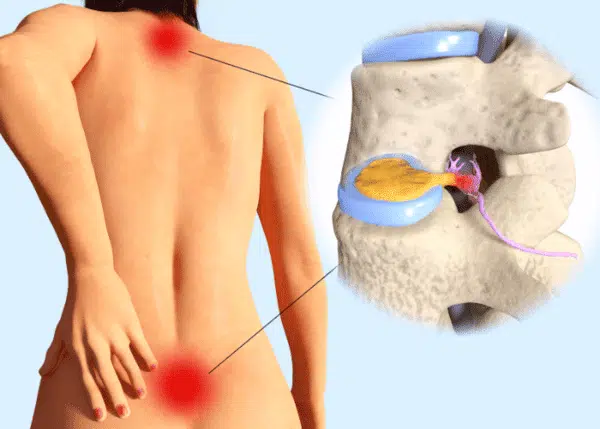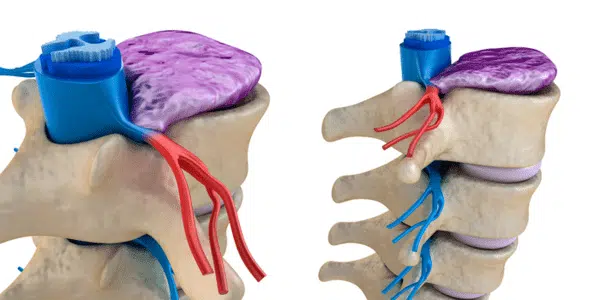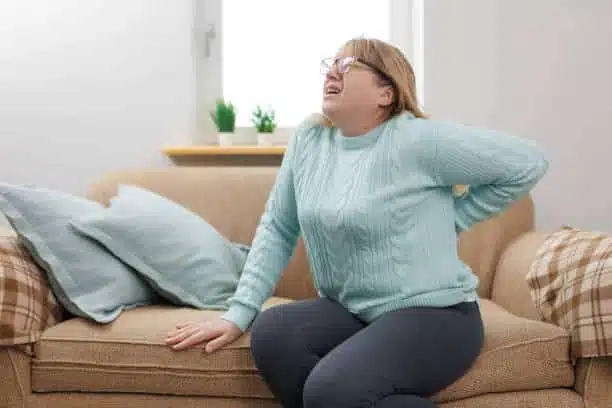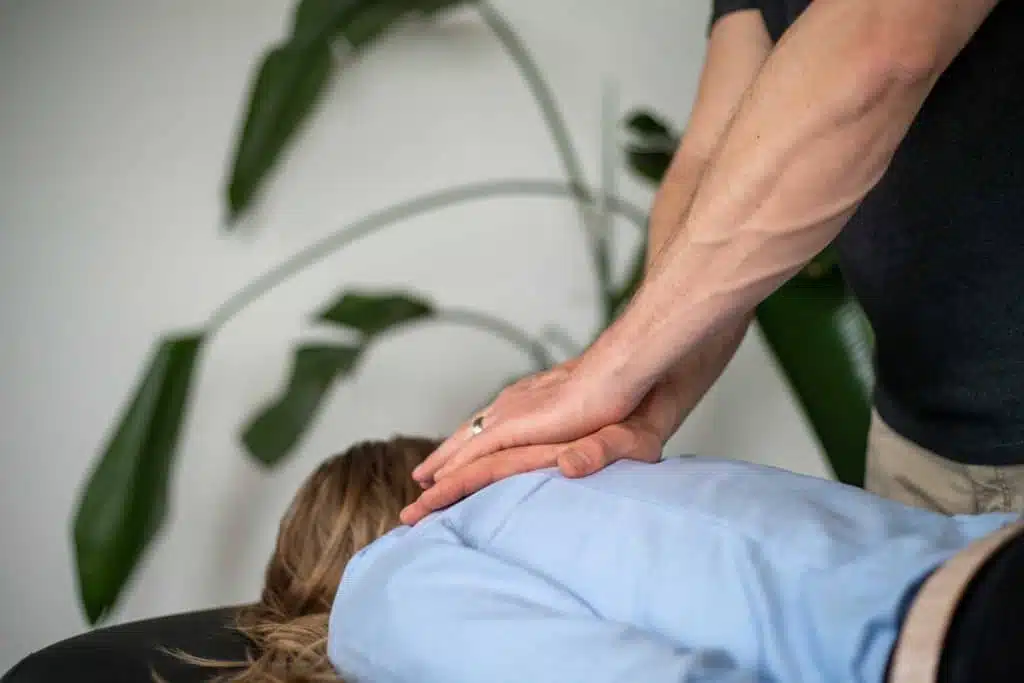What’s the Difference Between a Bulging Disc vs Herniated Disc

Although the spine is essential in supporting and maintaining our posture, it can still be vulnerable to various injuries. Common complications can include bulging discs and herniated discs. They are often confused because they involve a disc that has been injured or pushed out of place. A bulging disc is when the material inside a spinal disk extends outwards. With herniated discs, the internal contents squeeze through the outer layer and place pressure on any close-by nerves. Either one can make it difficult to stand or sit for an extended period of time and can cause pain that radiates down the legs. if you’ve been wondering how bulging disc vs herniated disc causes and symptoms differ, this overview will provide your answer.

What Is a Bulging Disc?
When the inner region of an intervertebral disc starts pushing out from its surrounding wall, this is referred to as a bulging disc. It can occur over time due to the natural aging process, or from quick motion that may injure the disc. The discs in our spines are designed to act as cushions between each vertebra, allowing for flexibility and mobility. When a disc bulges, it can press on surrounding nerves and cause pain due to the pressure it creates.
Bulging Disc Symptoms
Symptoms of a bulging disc are unpleasant because they restrict our ability to move and cause pain. Some of the most common symptoms include:
- Pain in the neck or lower back that radiates down your arm or leg
- Muscle weakness in the arms or legs
- Numbness, tingling, or burning sensation in your extremities
- Loss of coordination and balance

Causes of Bulging Disc
There are many reasons why someone might suffer from a bulging disc. Common reasons can include poor posture, sitting or standing for extended periods, lifting heavy objects, traumatic injuries, and general wear and tear. Our disc starts to weaken as we age, making it more vulnerable to injury.
Risk Factors
Risk factors for bungling discs can include the following.
- Age- Our discs become less elastic and more prone to injury as we age.
- Lifestyle– People with physically demanding jobs are at a higher risk of developing a bulging disc due to the constant strain on their back muscles and spine.
- Weight- Excess weight can stress your spine, increasing your chances of having a bulging disc.
What Is a Herniated Disc?
A fragment of the disc nucleus is pushed out of its protective layer, the annulus, and into the spinal canal when there’s a tear or rupture. Typically, discs become herniated because they have begun to degenerate. The pain can become unbearable because the fragments can press on the nerves in the spinal cord.

Herniated Disc Symptoms
Symptoms of herniated discs can mirror those of bulging discs. However, herniated discs are more likely to cause severe and sudden pain because the material inside them has been released outside its protective layer. Common symptoms include pain in your legs, tingling sensations, or muscle weakness.
Causes of Herniated Discs
Below are the most common reasons someone would suffer from a herniated disc.
- Spine wear and tear
- A previous injury, such as a car accident
- Complications from a previous surgery
Risk Factors
Bulging disc vs herniated disc risk factors are nearly identical. Older adults are more susceptible to such problems, and those who have sedentary jobs or sit all day.
Conservative Treatment Methods For Treating Bulging Disc and Herniated Disc

- Physical Therapy– Physical therapy is one of the most effective ways to manage and treat bulging or herniated discs with a personalized program. Suggested exercises will help relieve pain and strengthen your back, neck, and core muscles.
- Chiropractic Care– Chiropractic care is another excellent option for treating bulging and herniated discs. A chiropractor will use manual manipulation to realign the discs and reduce pain.
- Postural Correction-Improving your posture can go a long way in relieving pain. It can also help reduce the risk of developing a bulging or herniated disc.
- Aquatic therapy-Low impact aquatic exercises greatly reduce the pain and discomfort associated with bulging or herniated discs.
- Medications and injections– Injections such as epidural injections or nerve blocks may also be used to target pain.
If the treatments don’t work, surgery should be the last resort. Non-invasive techniques always make them less likely to have any adverse complications.
Expert Assessments and Herniated Disc Management in The Woodlands and Houston!
Bulging disc vs herniated disc symptoms can be hard to differentiate. We welcome you in for a comprehensive evaluation. We have four locations dedicated to providing superior care for our clients. Visit us today for a free MRI review if you believe you’re suffering from building disc or herniated disc symptoms.